Guide to Cleaning - From Pots and Pans to Fridges and Food Prep Machines
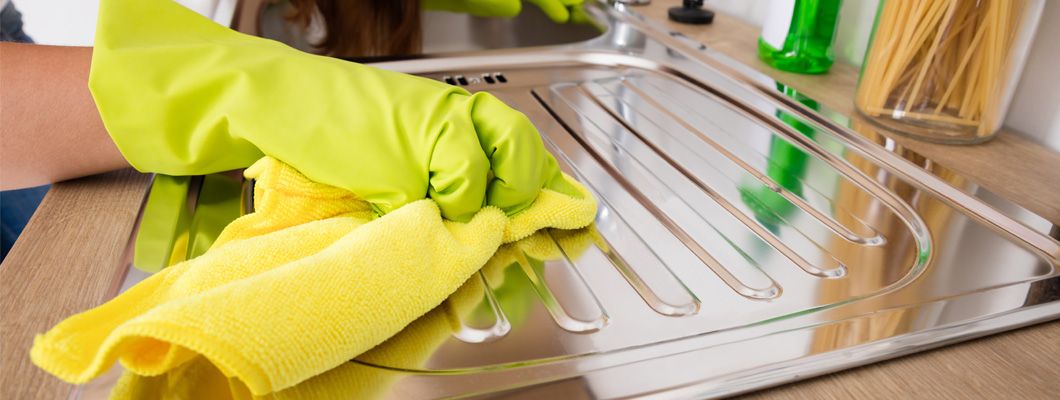
If you run a catering business, or if you just like to keep your kitchen looking great, you’ll know just how important regular cleaning can be. Helping to keep your tools, surfaces and appliances hygienic and in great condition, regular TLC can help to give you the sparkling clean kitchen you’ve always wanted.
For commercial kitchens, cleanliness isn’t just desirable, it’s essential. Dirty surfaces and neglected appliances can soon cause a health and safety issue. What’s more, if you don’t look after your professional tools on a regular basis, they’ll soon begin to degrade and you may have to invest in new knives, pots and pans sooner than you thought.
To help ensure every part of your kitchen is as spotless as possible, take a look at our guide to a thorough culinary clean.
Stainless Steel Pots and Pans
Strong, durable and available in a huge variety of shapes and sizes, stainless steel pots and pans are popular with cooks everywhere. However, in order to keep them working as they should, you need to ensure they’re cleaned properly.
First, wipe away any excess oil with a spatula or use a piece of kitchen towel to de-grease the surface. If you have food burned onto the pan, you can often remove a lot of the residue by adding hot water to the pan and boiling it on the stove. This will help to loosen dried on food and make cleaning the pan easier. You can then use a brush to remove any food residue left on the pan.
Make sure you don’t use any metal scourers on your stainless steel cookware. Although they’re great for removing burned on food, the abrasive surface can easily scratch your stainless steel pans, making them more prone to sticking in the future.
Stainless steel pots and pans should be dried straight away to reduce the risk of rust forming on the surface.
Stainless Steel Surfaces
A lot of commercial kitchens have stainless steel work surfaces. Long lasting and easy to clean, stainless steel is the perfect material for hard-working kitchens.
Your stainless steel work surfaces should be thoroughly cleaned down at the end of every event or service. You can use warm, soapy water to clean your stainless steel work surfaces. Use a non-abrasive sponge or a microfibre cloth to work the detergent into every nook and cranny.
Some manufacturers make special stainless steel cleaners. These can be great at removing tough residue and restoring shine to your surface. Whenever you use a stainless steel cleaner or stainless steel polish, make sure it’s made from non-toxic chemicals and is safe to use in a kitchen.
Non-stick Pots and Pans
Thanks to their easy-clean nature, non-stick pots and pans are popular in many kitchens. Again, it’s important to avoid using metal scourers on non-stick surfaces as any scratches will reduce the pan’s non-stick powers.
If you have meat juices or other residue burned onto your pan, part-fill it with water and then add some white wine vinegar to the pot. Bring it all to the boil and the food residue should simply float to the top. You can then clean the pan with a non-abrasive sponge or brush and detergent.
Knives
Probably the most important tool in any kitchen, sharp knives help chefs to slice and dice food to perfection. Good-quality kitchen knives shouldn’t be placed in the dishwasher, instead they should be washed by hand to both prevent accidents and maintain their cutting edge.
One crucial thing to remember when working with sharp knives is that they should never be placed in a bowl full of water and other utensils as it causes a real hazard to anyone doing the washing up. Instead, place kitchen knives next to the sink until it’s time to give them a clean.
Ideally, you should clean your knives as soon as possible after use. This will prevent your knives getting rusty and stop food drying onto the blade and handle. When cleaning your knives, be sure to only hold the handle. Use warm, soapy water and a sponge or brush to remove any residue from the blade. Try to dry your knives and put them away immediately to reduce the risk of anyone cutting themselves on the sharp blades.
Refrigerators
Fridges are another essential item in both commercial and domestic kitchens. Cleaning your fridge on a regular basis will help to ensure it’s hygienic and ready for action.
Start by emptying the fridge. As well as giving you more room to work, this gives you the opportunity to check the contents of the fridge and throw away anything that’s past its sell by date.
Use washing up liquid or an all-purpose sanitiser to clean the fridge. Avoid using any nasty chemicals as these may be difficult to remove and could contaminate your food.
As well as the shelves and walls of the fridge, make sure you clean the seals and gaskets to remove any traces of mould or food. Once the inside is sparkling, give the outside of your fridge a once over to leave it looking like new.
Cleaning Chemicals
Whenever you use chemicals to clean a kitchen, it’s essential to ensure they’re non-toxic and safe to use in a culinary environment. If you’re unsure, buy your cleaning products from a specialist supplier. They’ll be able to tell you about which of their products are most suitable for use in the kitchen and which should be avoided.
It’s also important to give your staff thorough training when it comes to cleaning. A clean kitchen is a hygienic kitchen, so it’s important that everyone who works in the space knows how to keep it sparkling.
Find out more about kitchen cleaning products, and start shopping for supplies of your own, by exploring our site or getting in touch with a member of our team.

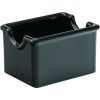
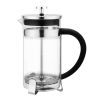
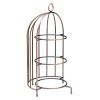
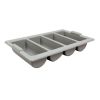

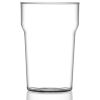

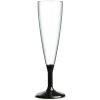


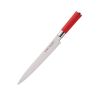


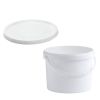
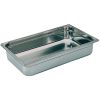
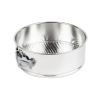
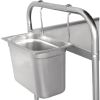
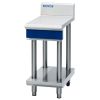
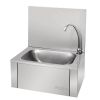
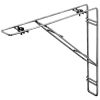
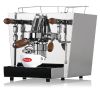
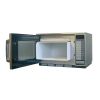
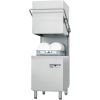
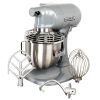
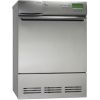

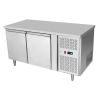
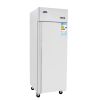
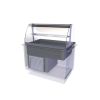
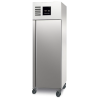

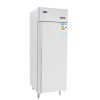


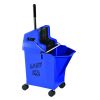

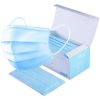



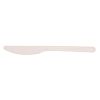

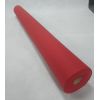


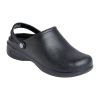
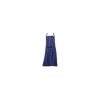
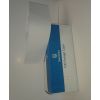

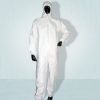

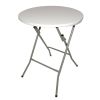
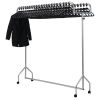
Leave a Comment